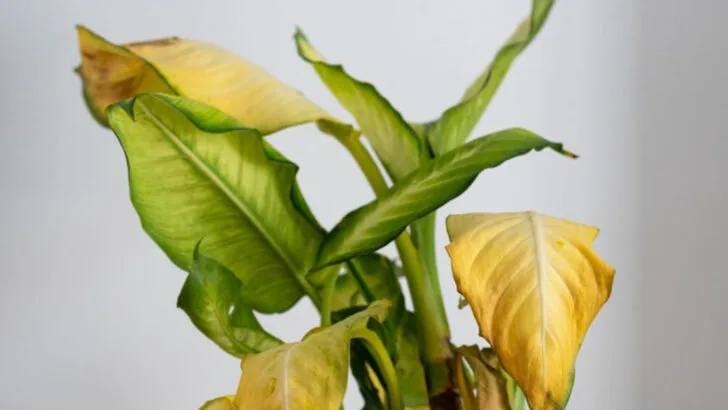You mist them. You talk to them. You give them filtered water from a crystal-clear jug and rotate them weekly like they’re on a plant runway. But… they still look sad. Sound familiar? Turns out, some of the things you think are helping your plants might actually be doing more harm than good.
From overwatering disguised as love to placing them in “bright” spots that are secretly plant prisons, even well-intentioned habits can backfire fast. And while we’re all for going the extra mile, sometimes the best plant care comes from knowing what not to do.
In this guide, we’re breaking down 9 things that are genuinely good for your plants, and 8 habits that might be slowly sabotaging them without you even realizing it. If you’ve ever wondered why your greenery isn’t thriving despite your best efforts, this might be the list that changes everything.
Watering Consistently
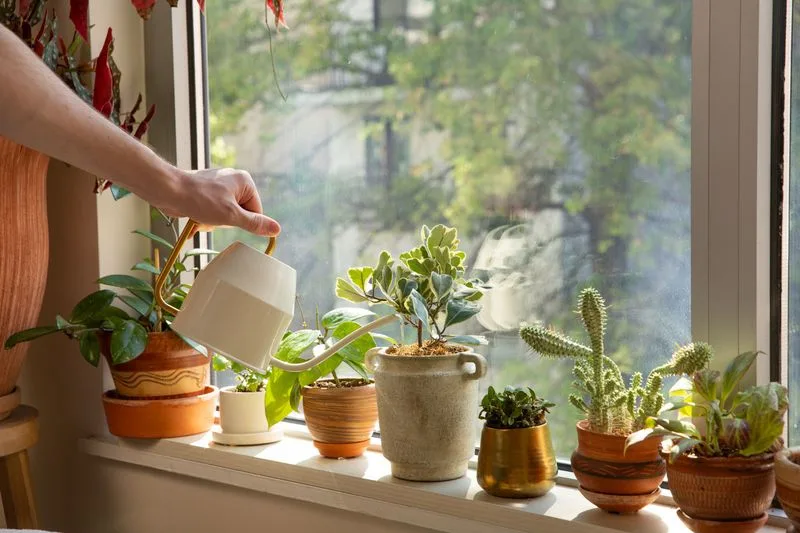
Watering consistently is vital for plant health. Regular watering schedules help maintain soil moisture levels, preventing wilting and promoting robust growth. When plants receive the right amount of water regularly, they thrive, producing vibrant leaves and flowers. Overwatering or underwatering can lead to root rot or dehydration. Adjusting the amount based on the plant’s needs and environment ensures healthy development.
Using Quality Soil
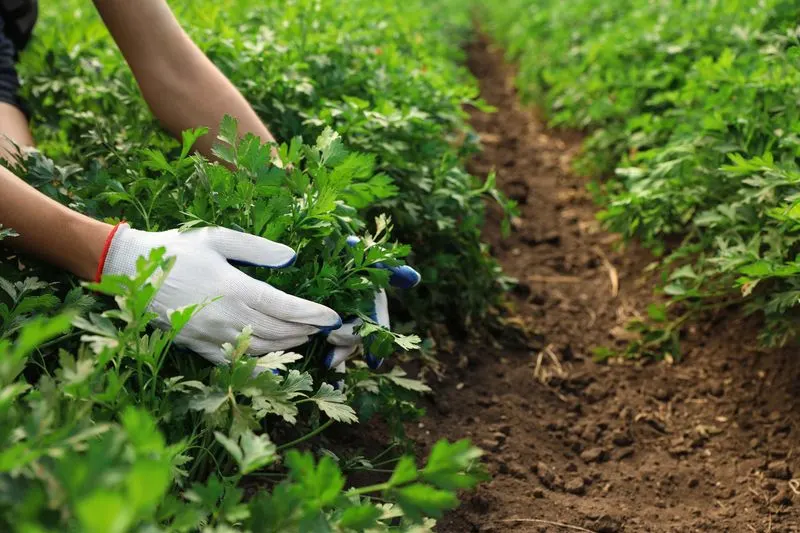
Quality soil is the unsung hero of thriving plants. It provides essential nutrients, supports root structure, and aids water retention. The right mix ensures plants have a sturdy foundation to grow. Investing in the proper soil type tailored for specific plant species can make a world of difference, leading to flourishing foliage and blooms.
Providing Adequate Sunlight
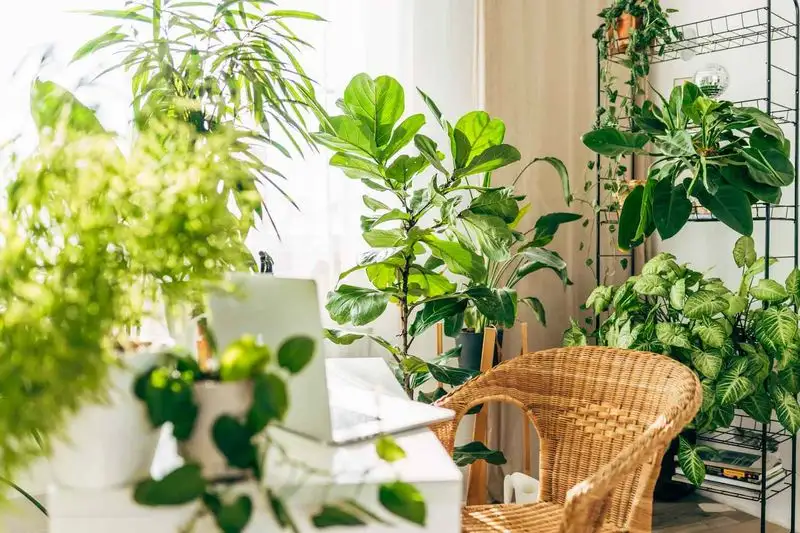
Sunlight is like food for plants. It fuels photosynthesis, the process that allows plants to convert light into the energy they need to grow. Ensuring your plants receive the right amount of light is crucial. Different plants have varying sunlight requirements; understanding these needs helps in placing them in the most suitable locations.
Regular Pruning
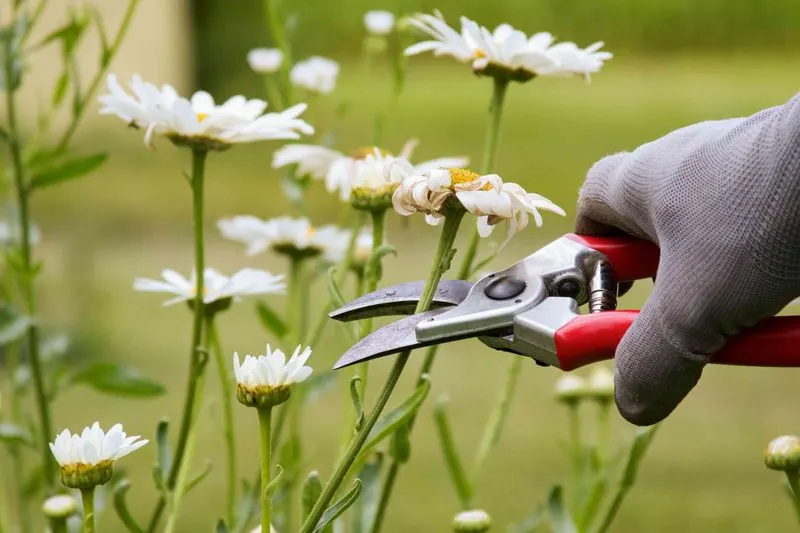
Regular pruning keeps plants healthy by removing dead or diseased branches. This practice encourages new growth and maintains the desired shape. Pruning also prevents overcrowding, allowing light and air to reach every part of the plant, reducing the risk of disease and promoting vigor. It’s an art that benefits both the plant’s appearance and health.
Fertilizing Wisely
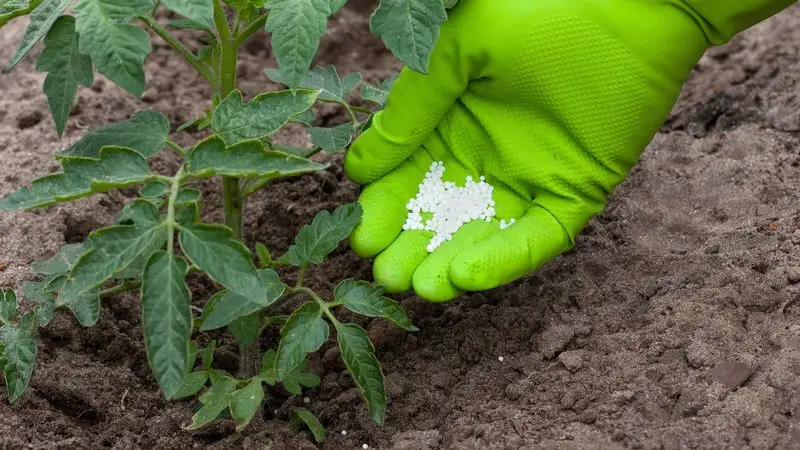
Wise fertilization provides plants with much-needed nutrients to support growth and flowering. Over-fertilizing, however, can lead to salt build-up in the soil, harming the plant’s roots. Choosing the right type and amount of fertilizer, depending on the plant’s life stage and season, ensures plants receive the benefits without the downsides.
Pest Control
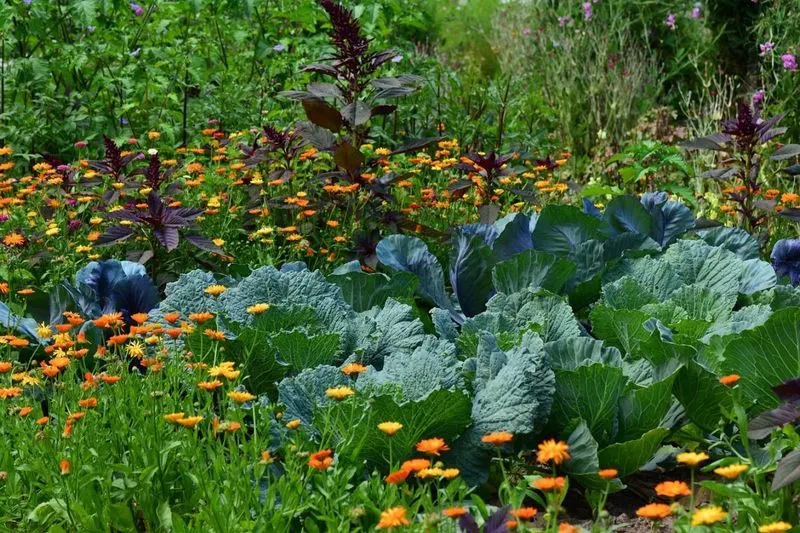
Pest control is vital for maintaining healthy plants. Pests can quickly damage leaves and stems, leading to poor growth or death. Using natural pest control methods helps protect plants without harmful chemicals. Regular inspection for signs of pests, such as holes or discolored leaves, allows for early intervention and keeps plants thriving.
Rotating Plants
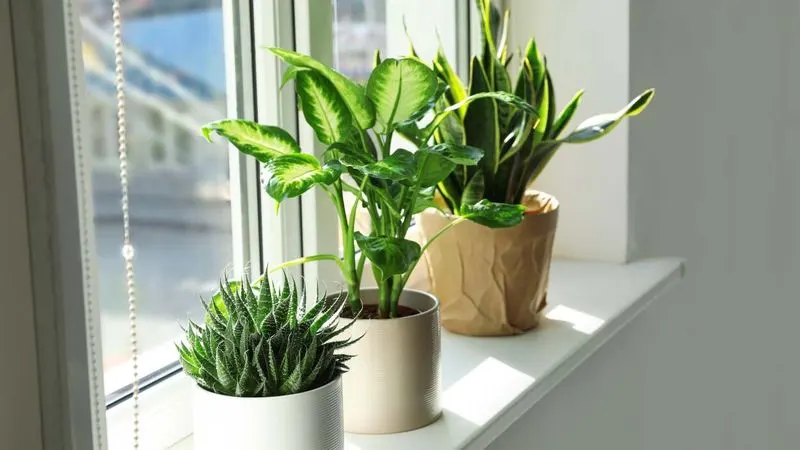
Rotating plants is a simple yet effective method to ensure even growth. By turning your plants regularly, all sides receive equal sunlight, promoting balanced development. This practice prevents plants from growing lopsided or leaning toward the light source. It’s a small step that makes a significant difference in plant health and aesthetics.
Grouping Plants
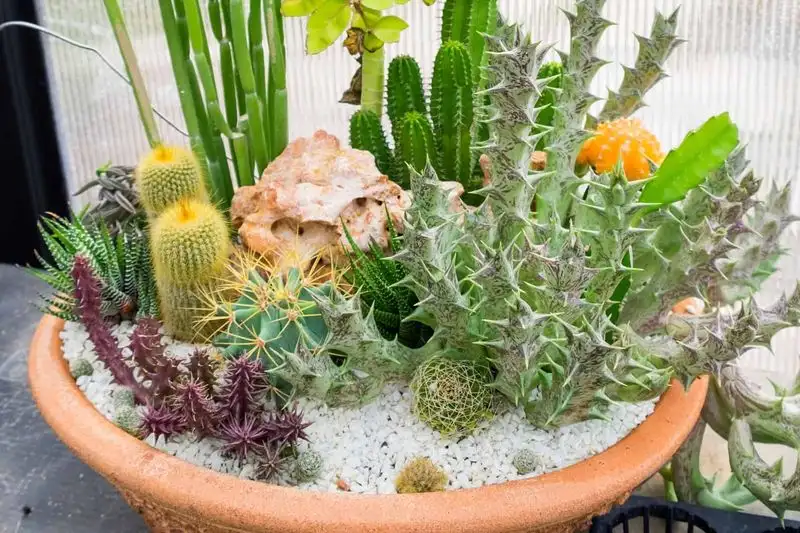
Grouping plants together can create a micro-environment that enhances humidity, benefiting moisture-loving plants. This arrangement can also improve the aesthetics of your space, creating a lush, green focal point. By choosing plants with similar care needs, grouping ensures they thrive together, sharing resources and creating a mutually beneficial habitat.
Temperature Control
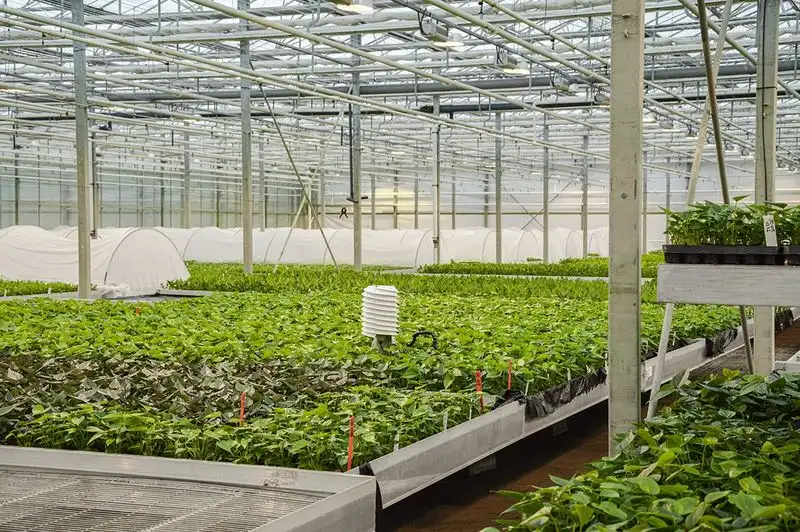
Maintaining the right temperature is crucial for plant survival. Extreme temperatures, whether too hot or cold, can stress plants, affecting their growth and health. Understanding the temperature preferences of your plants ensures they are placed in environments where they can flourish, leading to vibrant and healthy specimens.
Overwatering
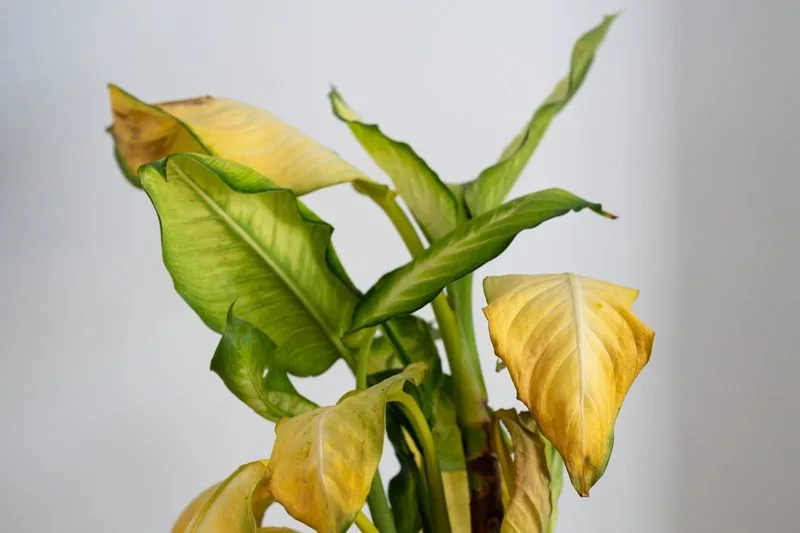
Overwatering is a common mistake that can harm plants. Excess water leads to root rot, as roots suffocate from lack of air. The signs include yellowing leaves and stunted growth. Allowing the soil to dry between waterings and choosing pots with drainage can prevent this issue, promoting healthier roots and overall plant vigor.
Neglecting Drainage
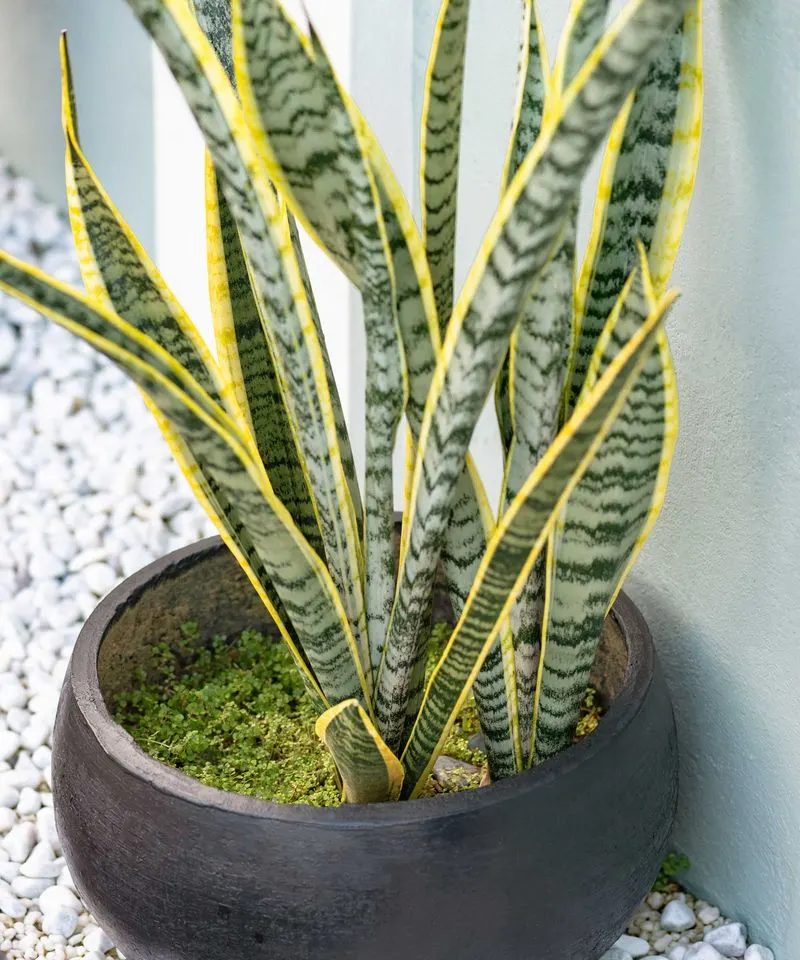
Neglecting drainage is detrimental to plant health. Without proper drainage, excess water accumulates, drowning the roots and leading to rot. Ensuring pots have drainage holes and using saucers to catch excess water helps prevent waterlogged soil. It’s a fundamental aspect of plant care that significantly influences plant survival.
Inconsistent Lighting
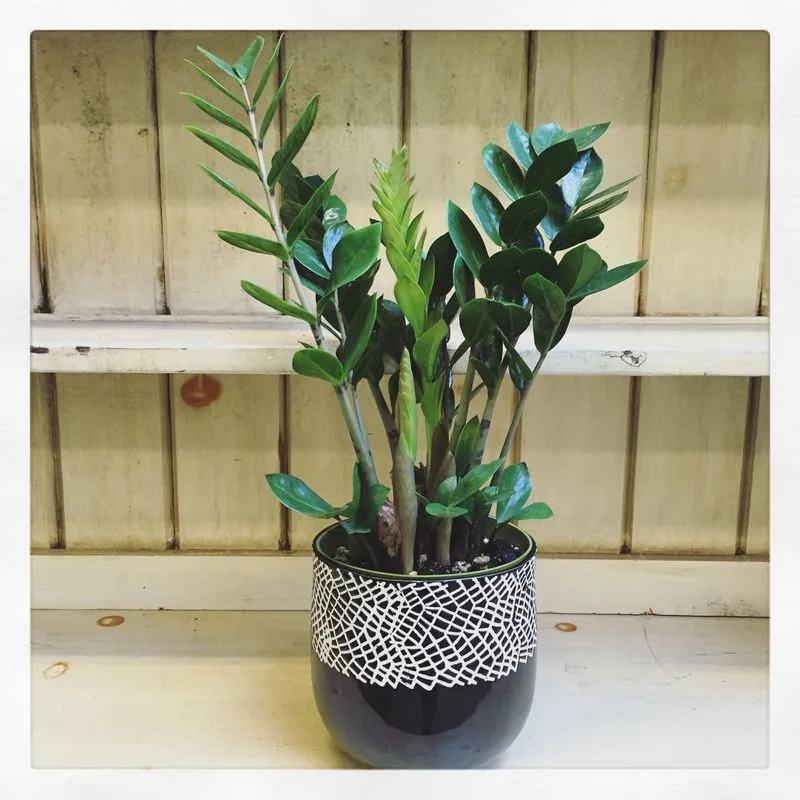
Inconsistent lighting can disrupt a plant’s growth cycle. Plants need steady light to conduct photosynthesis effectively. Irregular lighting conditions make it difficult for plants to adapt, causing stress and poor growth. Positioning plants in areas with stable light conditions ensures they receive the necessary energy to thrive.
Ignoring Pests
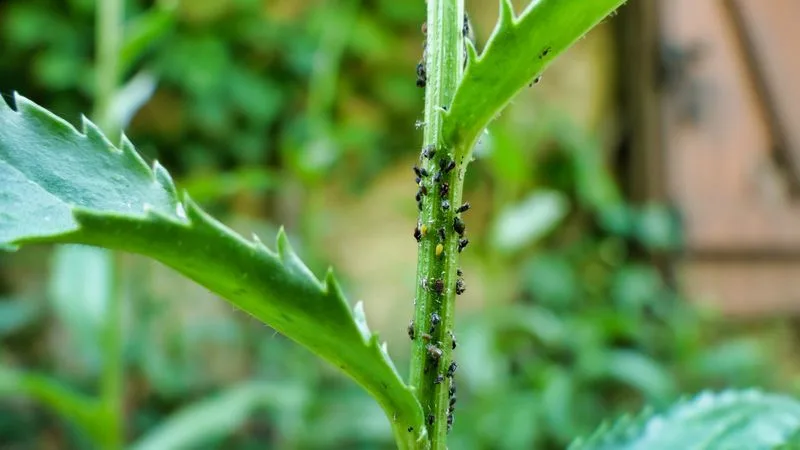
Ignoring pests can lead to significant plant damage. Pests feed on leaves and stems, weakening plants and spreading disease. Regularly inspecting plants for signs of infestation and using appropriate pest control measures is essential. Healthy plants are less susceptible to pests, so maintaining good plant care practices also serves as prevention.
Improper Fertilization
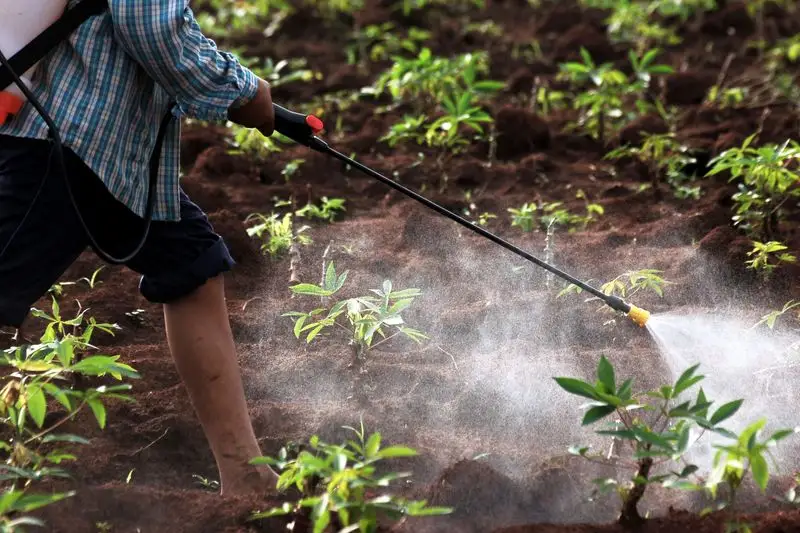
Improper fertilization, whether too much or too little, impacts plant health. Over-fertilizing can lead to salt build-up, harming roots, while under-fertilizing can cause nutrient deficiency. Following guidelines for fertilizer type and quantity ensures plants receive the right nutrients without adverse effects, fostering healthy growth.
Crowded Growth
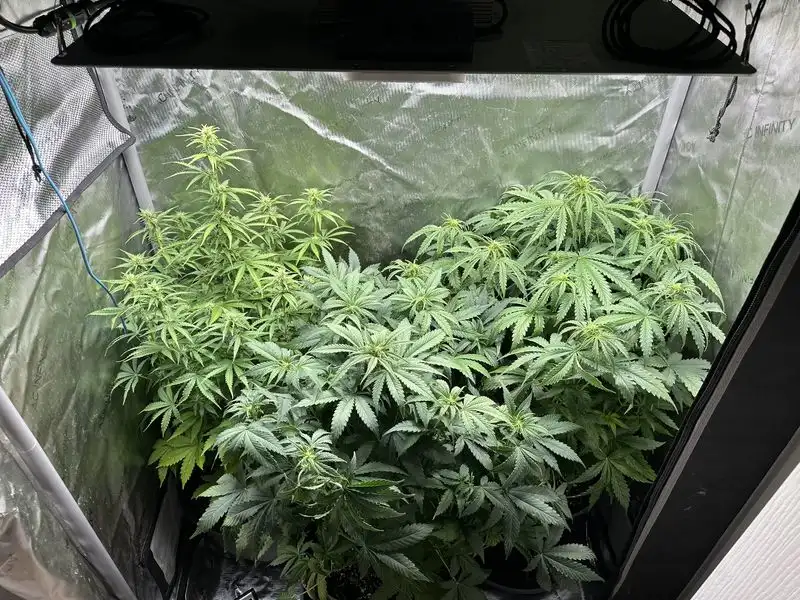
Crowded growth can suffocate plants, limiting access to light and air. Plants need space for roots to expand and for leaves to grow. Overcrowding leads to competition for resources, resulting in weaker plants. Regular thinning and spacing ensure each plant has the room to thrive, enhancing overall garden health.
Wrong Temperature
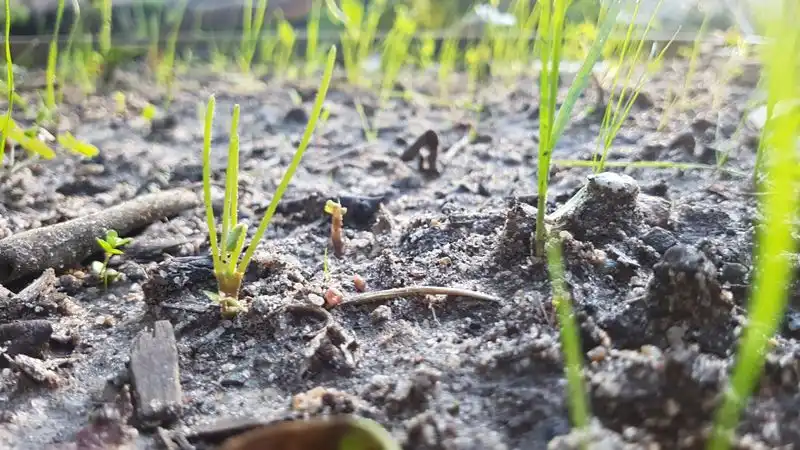
Exposure to the wrong temperature stresses plants, affecting growth and survival. High temperatures can cause wilting, while low temperatures may lead to frost damage. Understanding and maintaining the preferred temperature range for your plants is vital for their well-being, ensuring they remain robust and healthy.
Using Hard Water
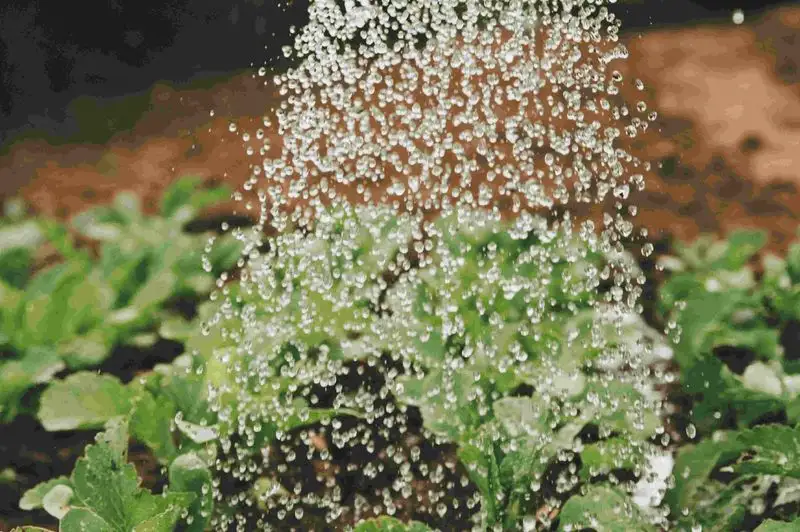
Using hard water can lead to mineral buildup in soil, affecting plant health. Minerals like calcium and magnesium accumulate, hindering nutrient uptake. Signs include white crust on soil and leaf spots. Using filtered or rainwater, or allowing tap water to sit before use, can mitigate these effects, keeping plants nourished and vibrant.

